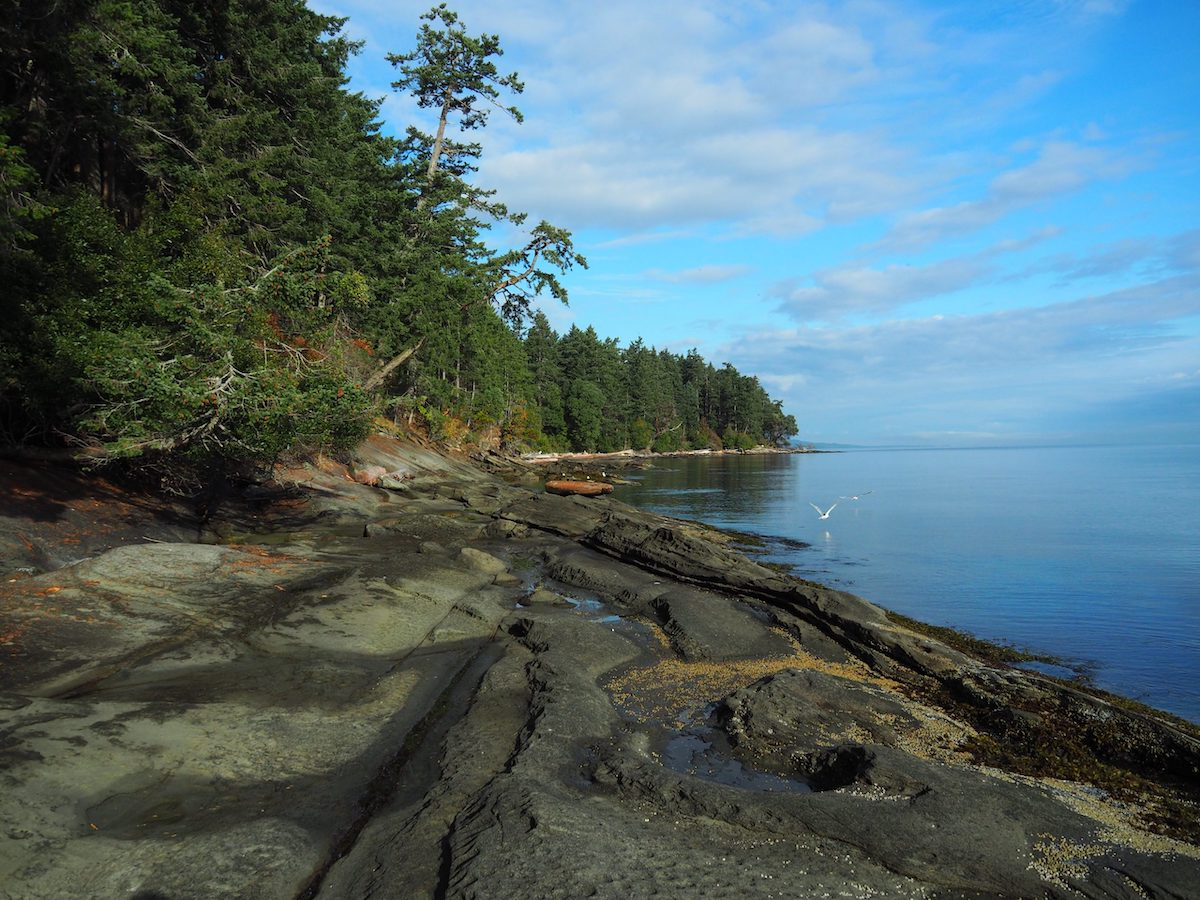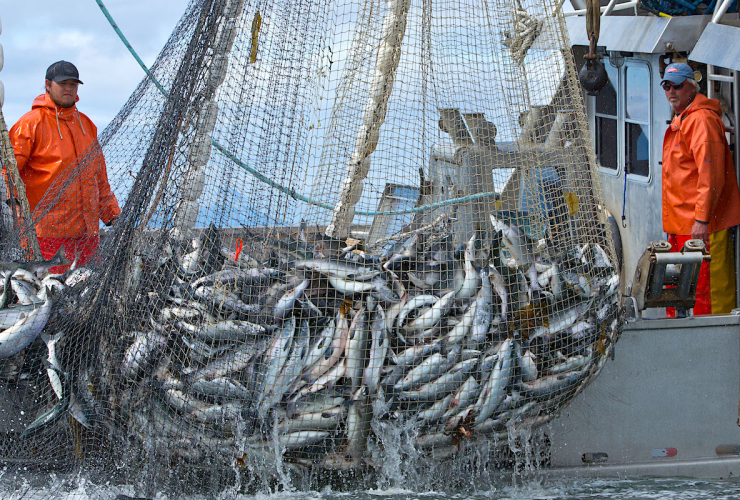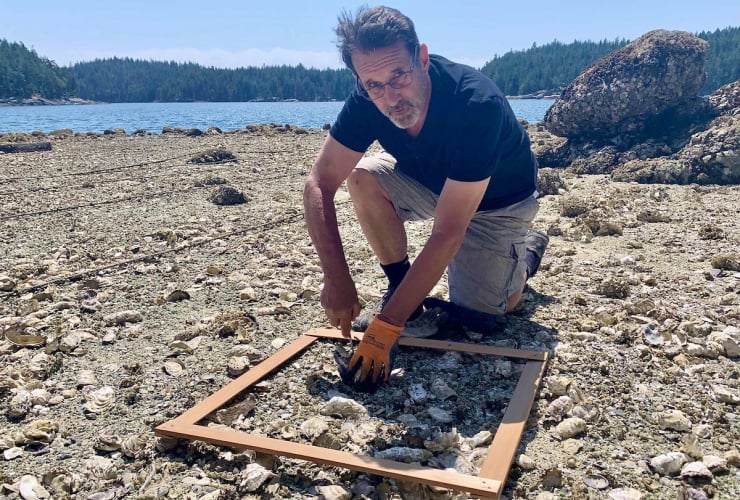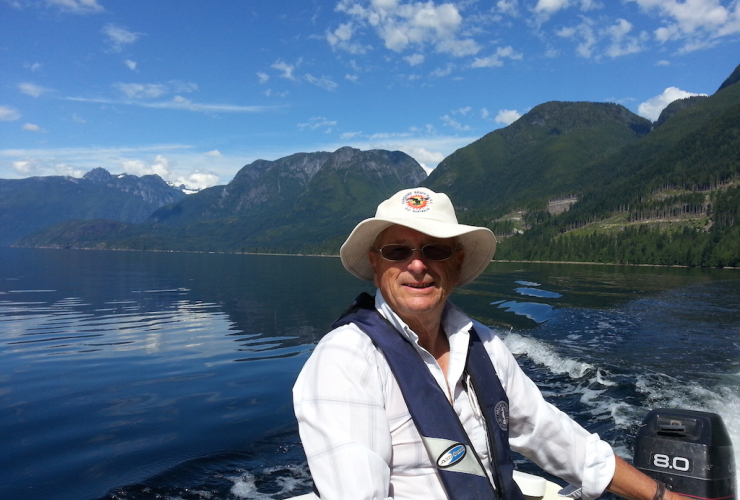A new conservation area on B.C.'s Galiano Island with deep cultural significance for local First Nations will protect a pristine shore for a multitude of seabirds and help an increasingly rare ecosystem withstand global warming.
A kilometre of beach in Cable Bay and the adjoining 66 acres of land inside the threatened Coastal Douglas-Fir biogeoclimatic zone (CDF) have been acquired by the Galiano Conservancy Association (GCA) and the Nature Trust of British Columbia.
The new conservation area will bolster the connectivity of protected areas across the centre of the island, as well as patches to the north and south, said Eric Higgs, an environmental studies professor at the University of Victoria and chair of development for the GCA.
Providing corridors between ecologically diverse parts of the island helps to ensure protected ecosystems and the plants and wildlife dependent on them are more resilient to climate change, Higgs said, noting the Cable Bay conservation area is included in a larger conservation area at the heart of the island totalling 1,250 acres.
The CDF is of significant conservation concern as it hosts numerous species at risk and has a limited range, which tends to be densely populated and heavily impacted by human activity, Higgs said.
Limited to the shores and islands within the southern Salish Sea, only 11 per cent of the CDF is currently protected, according to the GCA.
Having protected a sizable section of this special climatic zone in such a heavily populated area is no small feat, Higgs said.
“On a good day, you can stand at Cable Bay and stare at Vancouver,” Higgs said. “So, it's pretty significant to have that kind of area set aside so close to a major city.”
Cable Bay also boasts a rich cultural and archeological significance for First Nations that used the area, which falls in the traditional and unceded territories of the Penelakut, Hwlitsum and other Hul’qumi’num-speaking peoples, Higgs said.
Located at the narrow waist of the island, the bay may have been a portage point for First Nation sea canoes and paddlers journeying across Galiano to the mainland, he said.
The bay’s traditional name is taken from the Hul’qumi’num word for the action of paddling, Florence James, a respected Coast Salish elder and language teacher from Penelakut Island, said in a press statement.
“The area is called Qw’xwulwis, a sheltered place to live with abundant halibut, lingcod, rock cod, seals, ducks, shellfish — and a creek with cool, clear running water,” James said.
“The location provided access up and down the coast and across to the Fraser River to fish — that’s why they were there.”
The biodiverse shallow waters and estuary from the stream along the shore provide important habitat for resident and overwintering birds, rich intertidal life, rock fish and marine mammals such as the Steller sea lion, said Jasper Lament, CEO of the Nature Trust of BC.
Species at risk such as the great blue heron, olive-sided flycatcher, barn swallow, California gull and surf scoter have been spotted in the area, Lament said.
The bay is yet another valuable pit stop for millions of birds, such as the Brandt goose, that make incredibly long migratory journeys along the Pacific Flyway stretching along the Americas from Alaska to Patagonia.
Some black Brants, a sea goose that feeds in eelgrass and intertidal zones, overwinter on B.C. shores, Lament said.
But most arrive en masse to the central Vancouver Island region each spring as they head to the Arctic to breed, feasting on herring eggs during the spawning season to fuel the last leg of their long journey, he said.
The Nature Trust of BC also recently secured another rest area for migratory birds near Quadra Island with the Breton Island-Whitridge Reserve, Lament said.
Both the Breton and Galiano areas protect shallow marine habitat, a regional conservation priority that’s very important along the flyway, he said.
“Providing the habitat for all these different stages of migration helps to keep the Pacific Flyway resilient to sustain these amazing birds.”
Rochelle Baker / Local Journalism Initiative / Canada’s National Observer






Comments